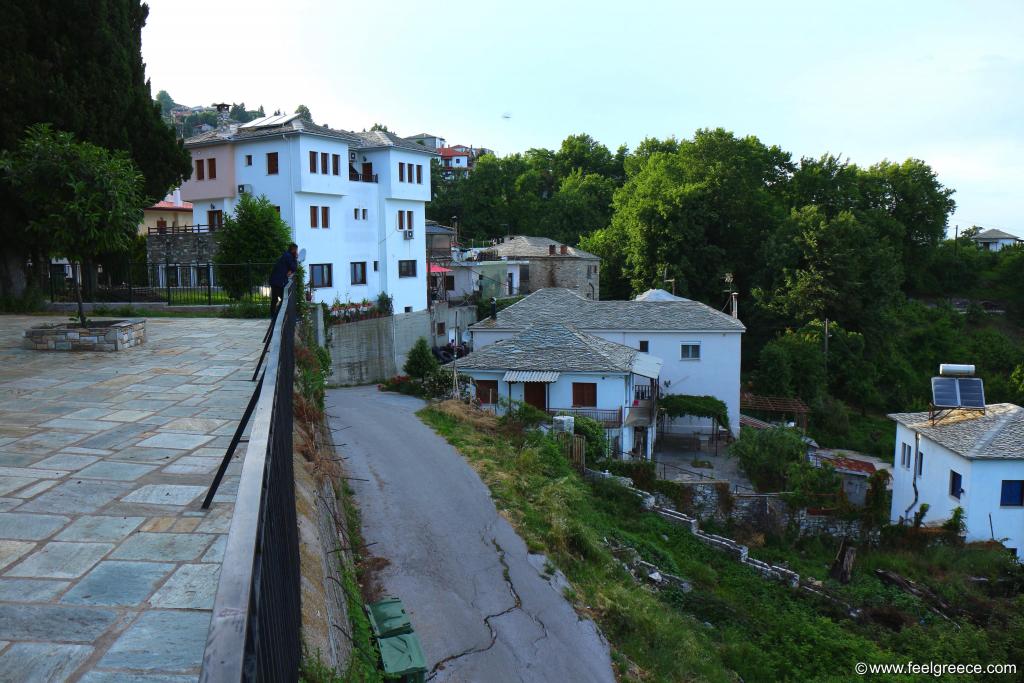Zagora

With a permanent population of about 3 500 residents, Zagora is the largest village of Pelion. It is located in the northeast part of the peninsula, built on the slopes of a hill high above the sea. The village is known for the production of a few sorts of excellent apples, growing and distributing over 10 000 tons of them every year. For this reason they call it "the apple capital of Greece", despite it cultivates other fruit and vegetables as well.
Zagora looks like a few neighborhood connected to each other, forming one large village. Most of the houses are in the typical for the area architectural style, made of stone and wood. It is a lively settlement where you can find working tavernas all year round and see plenty of kids playing at the village squares. Zagora has a few squares (or plateias, as locals call them), around some of the village most impressive churches like Agios Georgios and Agia Kyriaki. Tavernas and cafes can be found both at the squares and alone the main road. From some points of the village you can see part of the enormous beach of Chorefto which is 8 km away.
A major attraction of the village is the historical museum-school of Rigas Feraios. Rigas Feraios was a Greek writer, revolutionary and national hero who lived and in the 18 century and died as a result of his participation in the Balkan revolt against the Ottoman empire. He was born in a village near Volos and used to teach for some time in one of the mountainous villages near Zagora so his name is treated with respect in the region. The school of Zagora is the first established Greek school of Pelion during the Ottoman rule and today part of it functions as a museum.
Photos
highlights: the apple capital of Greece, village in Pelion, Thessaly, Greece




